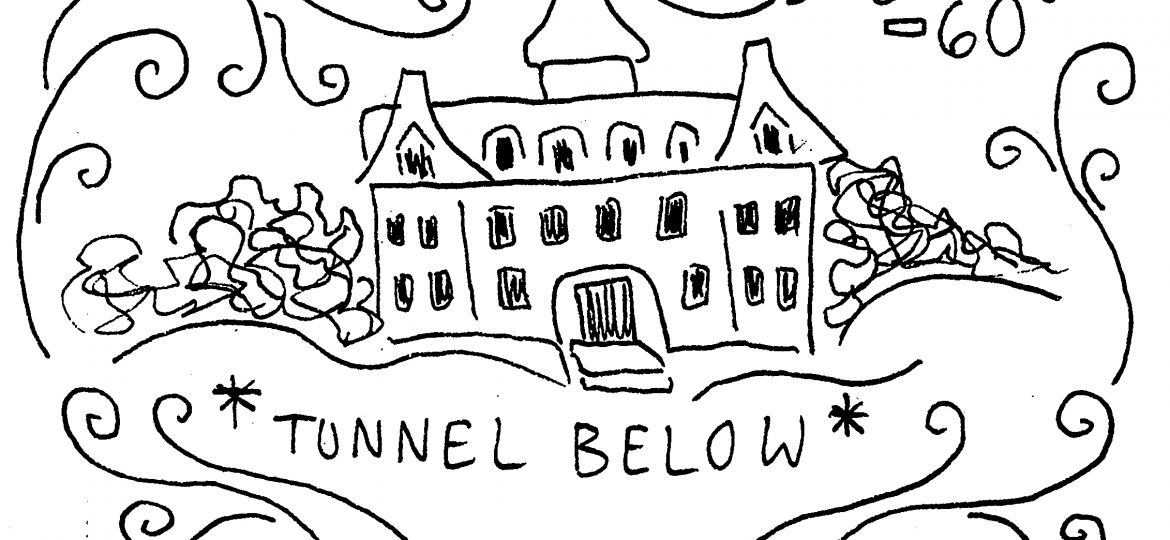
At 28 degrees below zero, Jan. 30 was one of the coldest days of the winter so far. The University of Minnesota Twin Cities closed its campus, citing “extreme cold.” St. Olaf College, with a real feel of -55 degrees, chose to remain open as Jan. 30 was also the final day of Interim 2019. The frigid air made walking to classrooms dangerous as exposed skin at such temperatures is susceptible to frostbite in as little as 10 minutes. As a Great Conversation student, the trek to my 8 a.m. final was particularly heinous. The 120 first-year students in the Great Conversation “Medieval Synthesis” class over Interim had to make the long march from Ellingson or Kildahl to Old Main. Our professors urged us to take pit stops in different buildings, telling us to walk first to Buntrock, stop to thaw, walk through Holland Hall for another break and then finally arrive at Old Main. The bus route shut down, the Cage closed early and yet St. Olaf remained open in the face of threatening cold.
As St. Olaf is a residential campus, few students have to commute to campus, so the school remains open even during days of extreme cold. Although most students do not have to worry about commuting to campus, students must be concerned about walking to classes in dangerously cold or snowy weather. A few buildings, such as Tomson and Regents, are connected by tunnels, so that students can walk in the warm safety of an underground route. A more expansive system of tunnels would make it easier and safer for students to walk to their classes and finals, even on the coldest days of winter. St. Olaf’s location in Minnesota, and the increasingly felt effects of climate change, makes the implementation of tunnels necessary.
A tunnel system currently runs beneath campus, and it can be seen in both the places where the snow melts between buildings and in locked basement doors leading nowhere. Many of these tunnels are simply steam tunnels, not meant for human use. Rumor has it that there were once walking tunnels connecting many buildings on campus. These were closed because they were “unsafe,” according to Professor Hillary Bouxsein ’09. If tunnels are to be implemented on campus, the steam tunnels and blocked off “unsafe” tunnels would have to be taken into account. A new, safe system of tunnels would be a beneficial addition to the St. Olaf campus, especially in January.
We need to begin to prepare for colder winters and dangerous, erratic weather to ensure that students can safely travel to class. Tunnels at St. Olaf would make treks to class safer and easier in Minnesota’s extreme winters. We all made it to our finals safely, but tunnels would have made the journey less of the arctic expedition that it was.
Madeline Everett ’22 (everet2@stolaf.edu) is from Crookston, Minn. Her major is undecided.
















